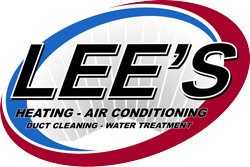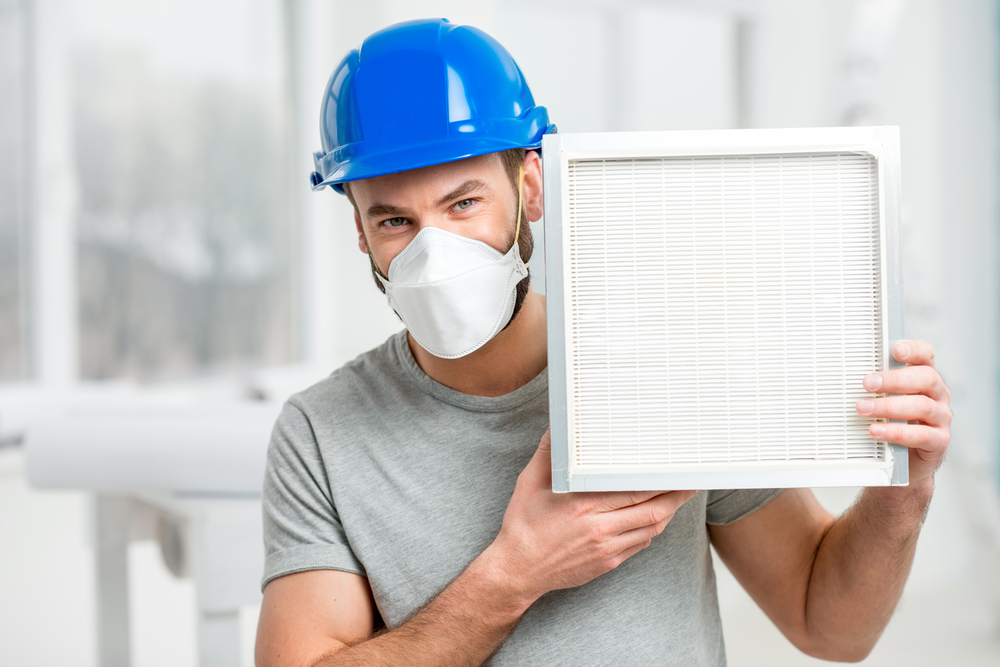There are a few components that are vital to the operations of your entire HVAC system throughout the year, and one of the most important here is your filter. Filters carry out several vital roles, and require regular changing or cleaning to ensure they’re doing their job — and it’s also important to ensure that you’re using the ideal type of filter for your space.
At Lee’s Heating and Air, not only do we provide clients with a comprehensive range of HVAC services, including everything from system repairs and maintenance through home automation assistance and more, but we also offer simple expertise on some of the most important upkeep areas present in your system. Why are filters important for your HVAC system, and what are the top options for filter type that you should be considering for your home? Here’s a rundown.
HVAC Filter Basics and Importance
For those who are just learning about HVAC systems, or who have never given their filters much thought, it’s important to start with a few basics. Your HVAC system contains a blower motor, which is responsible for taking in air from your home and then sending it through a series of coils. These coils work to heat or cool the air (depending on the season and your desired temperature settings), and then the air is sent back into your living space through a series of ducts.
All of this air contains particles, including dust, pollen, pet dander, and more — and all of these particles can quickly begin to clog up your system if they’re not filtered out. That’s where your HVAC filter comes in. These filters are designed tocapture all of the particles that circulate through your system, and prevent them from causing any damage or buildup. In short, they keep your system clean and running smoothly.
Filters also play an important role in protecting your indoor air quality. If you have allergies or respiratory sensitivities, it’s especially important to ensure that your HVAC system has a good filter in place to help trap any harmful particles before they have a chance to circulate through your home.
There are a few different types of filters that you can choose from, and each has its own unique benefits and drawbacks. Here’s a look at some of the most popular options out there today.
Fiberglass Disposable Filters
By far the most common type of filter option found in homes today, and one many of our readers will be familiar with, is the disposable fiberglass filter. These filters are designed to be replaced on a regular basis (typically every one to three months), and are very inexpensive — making them a popular choice for budget-conscious homeowners.
There’s a reason for this popularity: Fiberglass filters combine affordability with general effectiveness. They’re able to trap a reasonable amount of particles, and can help improve your indoor air quality to some degree. However, they’re not the most effective option on the market, and may need to be replaced more frequently if you have pets or live in an area with high pollen counts.
Pleated Disposable Filters
If you want something that’s still disposable in nature, but has a bit more advanced capabilities, you may want to consider a pleated disposable filter. These filters feature a design with more surface area, which allows them to capture more particles than your basic fiberglass model.
Pleated filters are available in a range of different MERV (minimum efficiency reporting values) ratings, which can give you some indication of just how effective they are. A higher MERV rating means that the filter is able to trap smaller particles — however, it’s important to note that a filter with a higher MERV rating will also place more strain on your system, and may need to be replaced more frequently.
Electrostatic Pleated Filters
If you’re looking for an upgrade from your standard pleated filter, you may want to consider an electrostatic pleated filter. These filters feature an electrostatic charge that helps them to more effectively attract and trap particles as they circulate through your system.
They’re also available in a wide range of MERV ratings, so you can choose the level of filtration that’s right for your needs. However, it’s important to keep in mind that these filters can be more expensive than other options, and may need to be replaced more frequently.
UV Light Filters
It’s important to note that in this section, we’re deviating a bit from the main purpose of this article. While to this point we’ve gone over different filter types that will specifically be inserted into your filter area and will help to remove particles from the air, UV light filters serve a different — but still important — purpose.
UV light filters are designed to be installed in your ductwork or elsewhere in your home, and work by emitting UV rays that help to kill mold, bacteria, and viruses that may be circulating through your system. While they don’t specifically remove particles from the air, they can help to improve your indoor air quality by reducing the number of harmful microbes in circulation.
As you can see, there are a few different options to choose from when it comes to HVAC filters. The type that’s right for you will depend on a variety of factors, including your budget, your indoor air quality needs, and the specific requirements of your HVAC system. By taking the time to research your options and find the right fit, you can help ensure that your system is running as efficiently and effectively as possible.
For more on this, or to learn about any of our HVAC solutions and services, speak to our team at Lee’s Heating and Air today.


